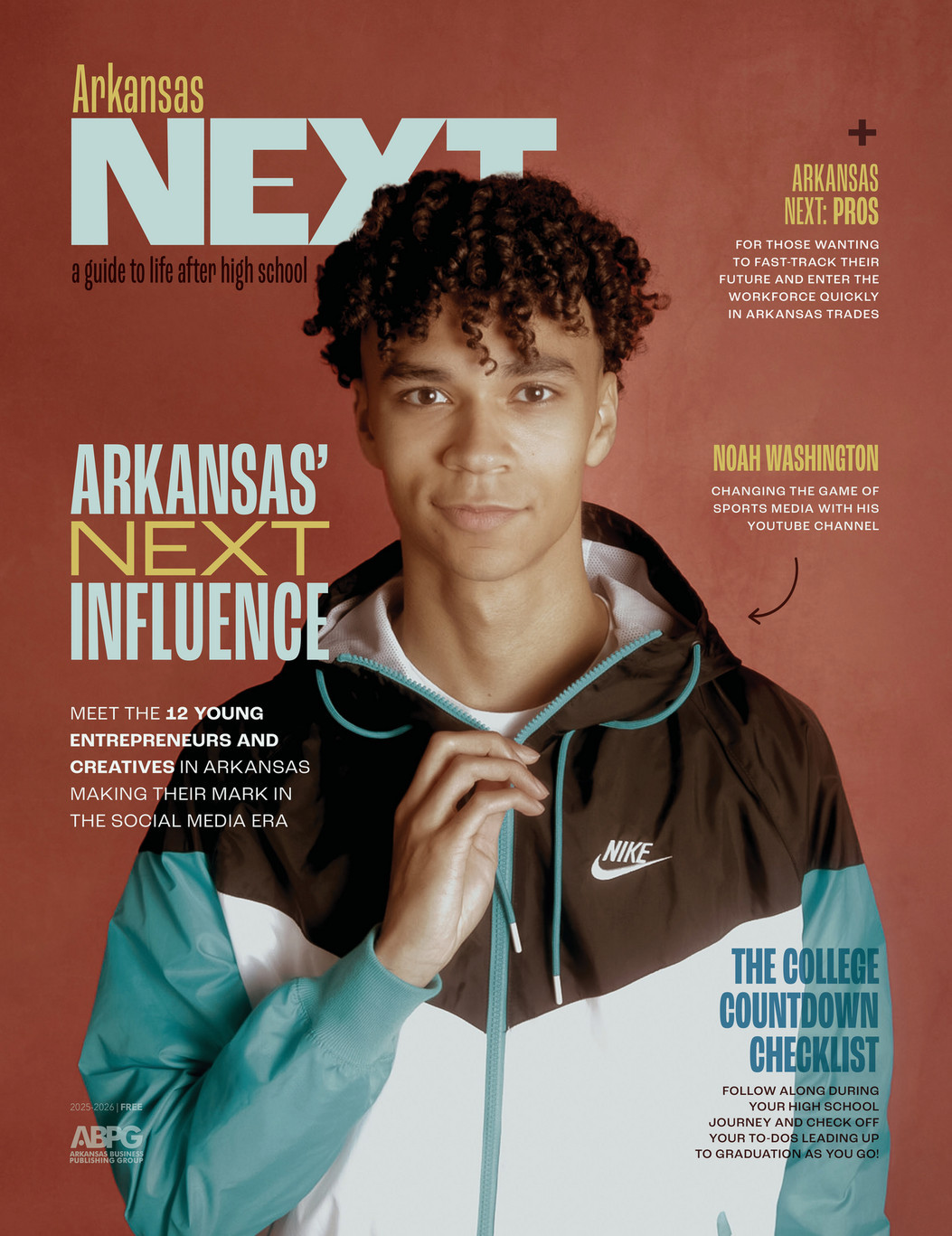Student Loans: Why They Should Be Your Last Resort — and the Kind to Get If You Must
By Arkansas NEXT Staff on Thursday, September 3, 2015
After you’ve exhausted all avenues for free financial aid like scholarships and grants (or any of our other ideas from pages 56-61), try again. Then, if you still come up empty-handed, or don’t have enough to foot the whole bill, consider borrowing for college. Since loans accumulate interest – money you have to pay back in addition to the amount you borrowed – they’re not as good as other alternatives. But if used wisely, they can turn your dream for higher education into a reality.
ALTERNATIVES TO LOANS
Try these first to avoid borrowing.
Scholarships and grants: Pages 51-55 list the various steps to get as many of these as possible.
Work-study: Federal work-study programs let qualified students earn money for college by working part time on campus for a government agency or a participating company or nonprofit.
Relatives: Before you sign an agreement for a loan, look for sources in your own backyard. Talk to family members who might be able to lend money to you at low or no interest. Just make sure you pay them back!
LOANS WITH THE BEST TERMS
Try these if you absolutely have to borrow.
Subsidized loans: With a subsidized loan, the government pays the interest on the loan while you’re in school. Drop below the enrollment level, drop out or graduate, and interest starts accruing after a grace period. That’s six months for a Stafford Loan and nine months for a Perkins Loan. You’re also not responsible for interest when your loan is in deferment — a temporary suspension of payments for specific situations. P.S. Subsidized loans are awarded based solely upon need.
Perkins loans: All Perkins loans are subsidized, so they’ve got that going for them. And when you do become responsible for the interest, it’s a low percentage. These loans are awarded to students with exceptional financial need using government funds your school doles out.
PLUS loans: Your parents have to take PLUS loans out for you, which means they’re the ones ultimately responsible for paying it back.
LOANS TO CONSIDER CAREFULLY
Try these as a last resort.
Unsubsidized loans: You’ll be charged interest on this loan the minute you take it out. Pay monthly, quarterly or “capitalize” the interest, which adds it on to the original loan. Then, once you’re out of school, you’ll be charged interest on the loan amount plus the amount accumulated. Ouch!
Stafford loans: These loans can either be unsubsidized or subsidized, and subsidized loans are the more desirable type, remember? Still, the reason we put Stafford loans in this cautionary section is because they carry a higher interest rate and the unsubsidized version makes you responsible for all of the interest that accrues while enrolled in school.
BEWARE OF DEBT!
According to the Consumer Financial Protection Bureau, in 2013 the U.S. owed more than $1 trillion in student debt. Don’t add to that number if you don’t have to — only borrow money you need.
And although it may be tempting to pay off your college expenses with a credit card, think before you swipe. Because credit card debt generally carries a much higher interest rate than student loans, carrying student debt on a credit card could mean a way larger amount to pay off. Don’t do it.















